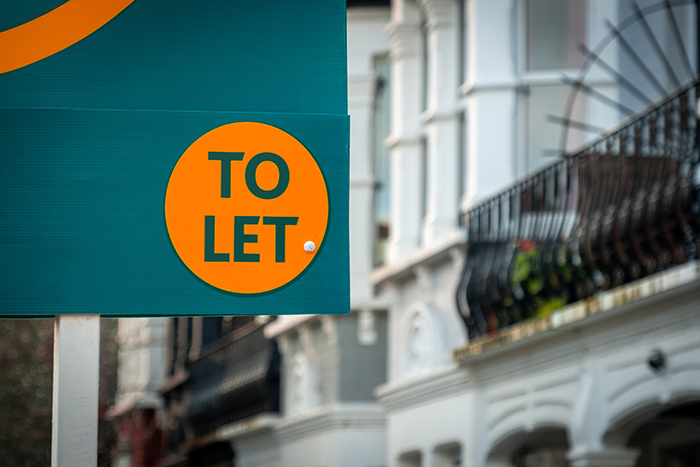
Inheritance tax will rise by £2.1bn to £47.1bn over the next five years, according to the Autumn Statement forecast from the Office for Budget Responsibility.
This is 4.6% higher than its projections that accompanied the March Budget and “in large part reflects the growth path of house prices in the near term”.
This leaves the levy on track to hit record levels for the third year in a row, topping £7.8bn this year and beating the 7.1bn all-time high it raised in 2022.
A few weeks ago reports had suggested that the inheritance tax 40% headline rate would be cut by Chancellor Jeremy Hunt in the fiscal report on Wednesday.
But there was disappointment from property professionals when there was no mention of the tax – although some say a cut in inheritance tax might still appear in the Spring Budget as part of a final set of tax cuts before a general election.
Just Group communications director Stephen Lowe says: “There was much rumour in the run-up to the Autumn Statement that inheritance tax could be in line for a haircut but no changes were announced – perhaps the Chancellor felt it would be one tax cut too many.
“The Office for Budget Responsibility’s forecasts for inheritance tax were revised upwards yet again demonstrating the current and future value of inheritance tax to the Treasury.
“All eyes now turn to the Spring Budget – likely to be this government’s final opportunity to curry favour with the electorate – to see if the Chancellor will wield his tax scissors on inheritance tax.”
Hargreaves Lansdown head of retirement research Helen Morrisey adds: “Inheritance tax cuts were the first major speculation ahead of the Autumn Statement, with reports suggesting the Chancellor was considering cutting the tax charge from 40% to 30%.
“The plans drew criticism that it favoured those who were better off at a time when people continued to struggle through the cost-of-living crisis.
“However, it is certainly a tax in need of reform and so could make a reappearance in a Spring Budget.
AJ Bell head of investment analysis Laith Khalaf points out: “Part of the reason for the large government [inheritance] tax haul is the tax-free allowance has been frozen for 14 years.
“The nil rate band is the amount that can be passed down the generations with no tax to pay, and currently sits at £325,000 per person. This £325,000 nil-rate band has been frozen since 2009, and if it had been uprated in line with inflation all that time, it would be over £500,000 from April next year.
“That long inheritance tax freeze means estates are potentially liable to an extra £70,000 of tax.
Khalaf adds: “Granted the extra residence nil rate band was introduced in 2017, which now provides an additional £175,000 of relief from inheritance tax per person for properties passed on to a direct descendant, provided the estate in total is worth less than £2m.
“But the mammoth tax receipts don’t lie — and show that inheritance tax is on the rise.”



